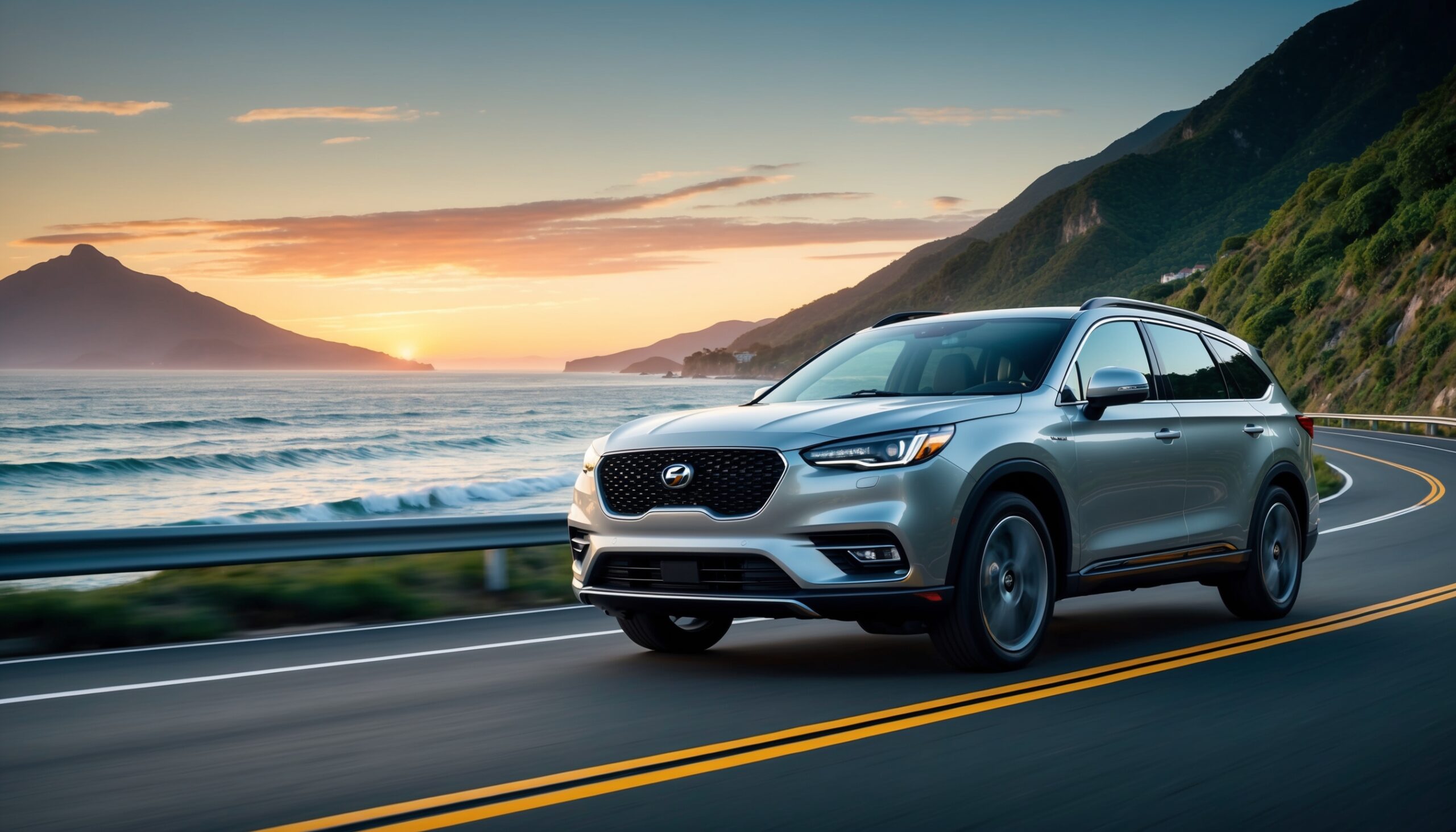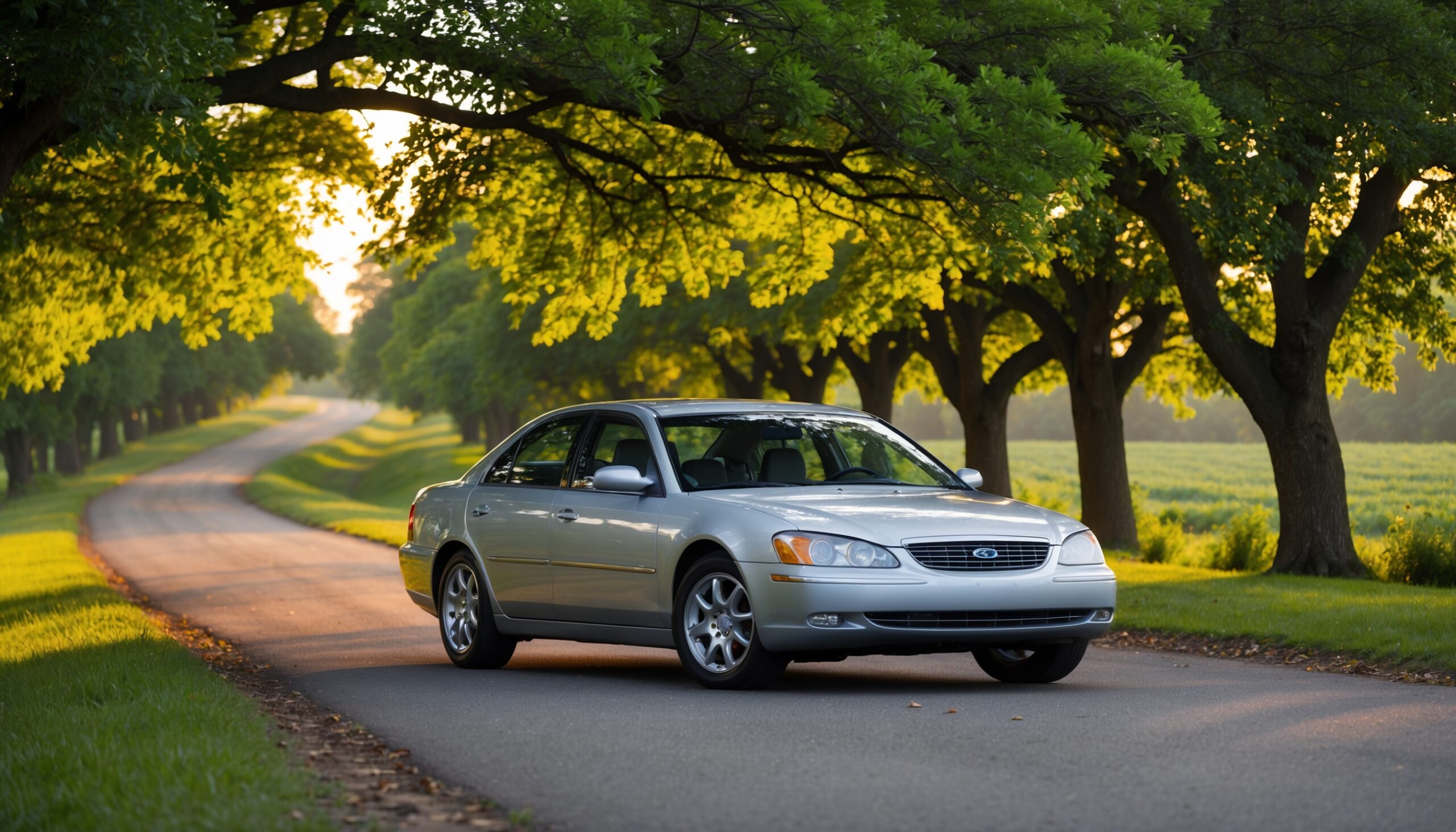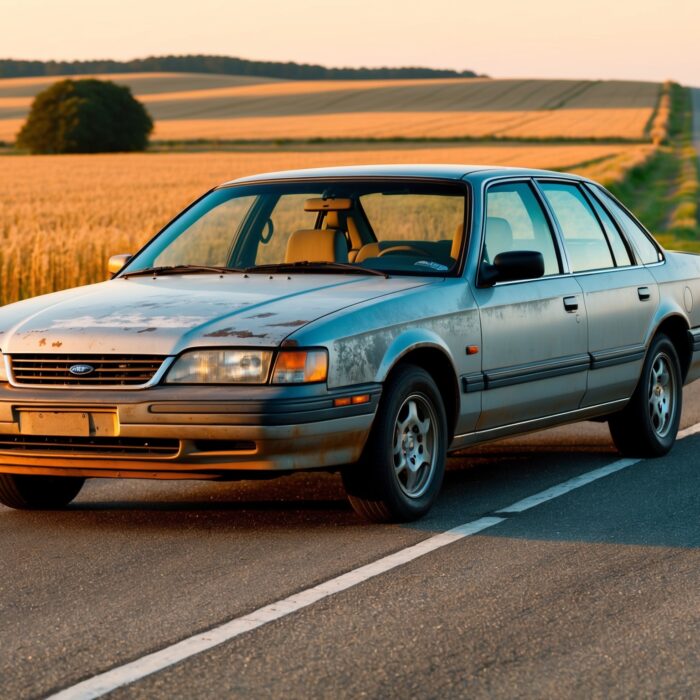The Ultimate Guide to Buying Your First Car Like a Pro
Buying your first car can be an exhilarating experience, filled with excitement and anticipation. However, it can also be overwhelming, especially if you’re not sure where to start. Here at Torque Feed, we understand that diving into the world of automotive purchases can feel like stepping into the deep end of a pool for the first time. But fear not! This ultimate guide is designed to help you navigate the car-buying process like a pro. Let’s roll up our sleeves and get started!
Step 1: Know Your Budget
The first step in buying your first car is to establish a budget. Your budget will dictate what kind of vehicle you can afford, and it’s essential to be realistic about your financial situation. Here are some key factors to consider:
- Monthly Payments: Determine how much you can comfortably spend each month without straining your finances.
- Down Payment: A larger down payment can lower your monthly payments and reduce interest costs.
- Insurance Costs: Different cars come with varying insurance rates. Get quotes to see how much you’ll need to pay.
- Maintenance and Fuel: Consider the ongoing costs of maintaining your vehicle, including fuel efficiency.
Once you’ve assessed these factors, it’s time to set a firm budget. Stick to it, and you’ll avoid the temptation of overspending on a flashy car that may be out of reach.
Step 2: Decide on New vs. Used
Next, you’ll want to decide whether to buy a new or used car. Each option comes with its own advantages and disadvantages:
New Cars
- Pros:
- Latest technology and features
- Full warranty coverage
- Customizable options
- Cons:
- Higher price tag
- Depreciation hit as soon as you drive off the lot
Used Cars
- Pros:
- Lower price point
- Less depreciation
- More options in terms of makes and models
- Cons:
- Potential for hidden issues
- Limited or no warranty
Ultimately, your decision will depend on your budget, preferences, and how comfortable you feel with the potential risks of buying used.
Also Read: Best Family Cars on a Budget – Save Big Without Sacrificing Comfort
Step 3: Research, Research, Research
Knowledge is power! Spend time researching cars that fit your budget and needs. Here are some tips to help you with your research:
- Online Resources: Use websites like Edmunds, Kelley Blue Book, and Car and Driver to read reviews and compare models.
- Forums and Communities: Engage with car enthusiast forums, Reddit threads, and social media groups to get real-life opinions.
- Test Drive: Always test drive a car before purchasing. This will give you a feel for how it handles and whether it’s comfortable for you.
Compile a list of potential vehicles, focusing on aspects like reliability, fuel efficiency, and resale value. This will make your search more targeted and efficient.
Step 4: Financing Your Car
Once you’ve settled on a car, it’s time to figure out how you’ll pay for it. Here are some options to consider:
Paying Cash
If you have enough saved up, paying cash can be a great option. This means you won’t have to deal with monthly payments or interest rates.
Loan Options
- Bank or Credit Union: Often offer competitive interest rates, especially for those with good credit.
- Dealership Financing: Convenient but can come with higher rates. Always read the fine print.
- Online Lenders: These can sometimes offer better rates and terms than traditional banks.
Before you commit to a loan, make sure to shop around for the best interest rates and terms. A small difference in interest can save you a significant amount over the life of the loan.
Step 5: Understand the Trade-In Process
If you have a car to trade in, understanding the trade-in process can help you get the best value. Here are some tips:
- Research Your Car’s Value: Use online tools to get an estimated value of your car before heading to a dealership.
- Clean and Repair: Make your car as presentable as possible. A clean car can fetch a better trade-in price.
- Negotiate: Don’t accept the first offer. Dealerships expect you to negotiate, so be prepared to haggle.
Having a good understanding of your car’s worth can significantly impact the overall cost of your new vehicle.
Step 6: The Importance of a Vehicle History Report
If you’re buying a used car, always obtain a vehicle history report. This report can reveal crucial information, including:
- Accident history
- Title status (salvage, rebuilt, etc.)
- Service records
- Previous ownership details
Services like Carfax or AutoCheck provide these reports for a fee, but they can save you from making a costly mistake. Always prioritize transparency when buying a used vehicle.
Step 7: Finalizing the Deal
Once you’ve selected your car and agreed on a price, it’s time to finalize the deal. Here’s what you need to keep in mind:
- Read the Contract Carefully: Ensure all the terms match what you agreed upon, including final price, financing terms, and any additional fees.
- Ask Questions: Don’t hesitate to ask the dealer to clarify any points in the contract that you don’t understand.
- Extended Warranties: Consider whether you want to purchase an extended warranty for additional peace of mind.
Remember, this is a significant financial decision, so take your time to ensure everything is in order before signing on the dotted line.
Step 8: Taking Care of Your New Ride
Congratulations! You’ve successfully purchased your first car. Now, it’s time to take care of it. Here are some maintenance tips to keep your car running smoothly:
- Regular Oil Changes: Follow the manufacturer’s recommendations for oil changes to keep your engine in top shape.
- Tire Maintenance: Check tire pressure regularly and rotate your tires to ensure even wear.
- Keep It Clean: Regularly wash and wax your car to protect the paint and maintain its value.
- Stay Up-to-Date on Repairs: Don’t ignore warning lights or unusual sounds. Addressing issues early can save you money in the long run.
Establishing a routine for maintenance will not only extend the life of your car but also enhance your driving experience.
Step 9: Enjoy the Journey
Now that you’re a proud car owner, it’s time to enjoy the ride! Whether you’re commuting to work, taking road trips, or simply cruising around town, make the most of your new vehicle. Share your experiences with fellow car enthusiasts, and don’t forget to explore the vast world of automotive culture. Who knows? You might find your new passion in car shows, meets, or even motorsport events!
Buying your first car is a rite of passage that many cherish. It’s not just a mode of transportation; it’s a symbol of independence and adventure. With the right preparation and knowledge, you can make this experience enjoyable and rewarding.
Remember, at Torque Feed, we’re here to support you on your automotive journey. From tips on caring for your new car to exploring the latest automotive trends, we’ve got you covered. Happy driving!
Also Read: Insider Tips to Get the Best Deal on Your Next Car












